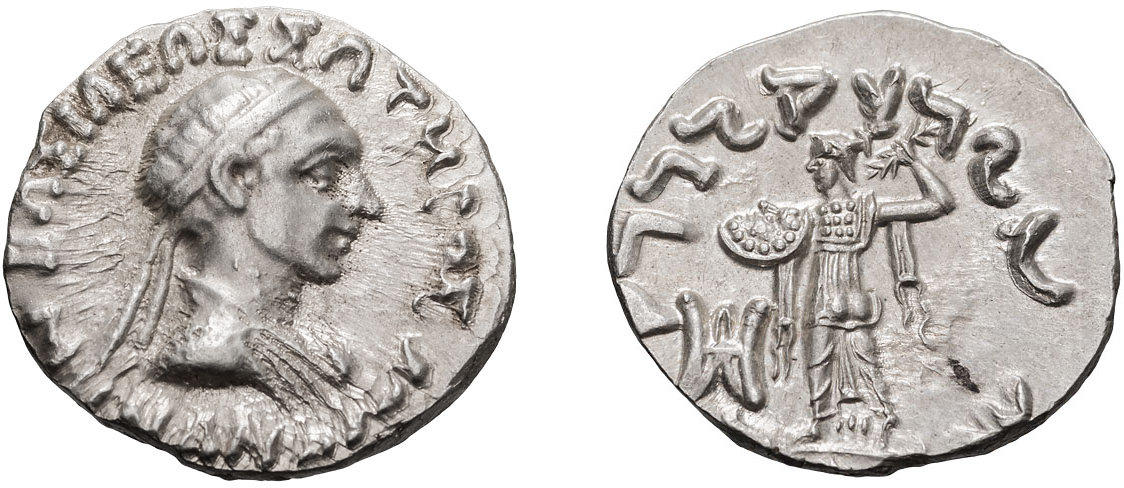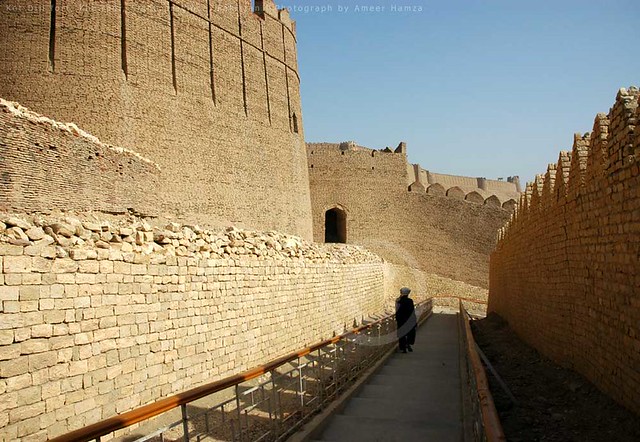Kambojaric
MODERATOR

- Joined
- Apr 6, 2010
- Messages
- 5,480
- Reaction score
- 16
- Country
- Location
Archaeology: PC-1 Of Six Schemes Worth Rs 232m Approved To Conserve Monuments
Archaeology department Punjab has approved PC-I of six schemes worth Rs 232 million including two new museums, in Multan and Harappa, besides conservation and archaeological excavation of four more monuments and ancient sites including the centuries old Tulaja fort that rest atop a mountain on a plateau in Khushab
Archaeology department Punjab has approved PC-I of six schemes worth Rs 232 million including two new museums, in Multan and Harappa, besides conservation and archaeological excavation of four more monuments and ancient sites including the centuries old Tulaja fort that rest atop a mountain on a plateau in Khushab.
In-charge archaeology department Multan Malik Ghulam Muhammad told APP that construction of two new museums, one each in Multan and Harappa, would cost overall Rs 160 million, i.e Rs 80 million each.
He said that ancient Tulaja fort in Khushab would be conserved and undergo archaeological investigation. Tourism-friendly facilities would also be made available at the monument under a Rs 30 million project that would be completed in two years.
Tulaja is the ruins of a fort on a plateau atop a hill in district Khushab and according to stories it was the place where Sultan Jalaluddin Khwarizm and his soldiers took refuge after a fierce battle with Mongols near river Chenab that ended when the Khwarizm Sultan jumped into the river.
Another monument to be conserved is the Sher Shah Suri Bawli at Wan Bhachraan in Mianwali. A number of Bawli were built by Sher Shah Suri along the grand road built in his times and these Step Wells were a worthwhile source of comfort for the travelers at deserted places to take a nap in coolest atmosphere and drink cool and clean water before moving forward.
A sum of Rs 10 million has been proposed for the Wan Bhachraan Bawli. Officials plan to develop a one-Kanal grassy lawn around the Bawli protected by a metallic fence to run around it.
Benches and canopies would be placed for the tourists.
The well would be cleaned thoroughly by removing silt, garbage and trash before conserving its inner and outer walls, the steps leading to the well through a wide airy tunnel, and the rooms or rest cavities carved inside the inner walls of the well. The Rs 10 million project would be conserved within the ongoing fiscal year.
A sum of Rs 12 million has been earmarked for conservation of Hazrat Sheikh Sadan Shaheed mausoleum, a marvel of artfully carved brick work. Awefully beautiful Quranic Verses and designs in geometrical patterns can still be seen decorating the roofless monument from all four sides and developed in cut and carved brick work, in Muzaffargarh district.
Officials plan to develop a passage from road to the monument, place canopies for tourists, develop brick-on-edge flooring, building a boundary wall besides conserving the monument through underpinning and restoration of Quranic verses and geometrical patterns. This scheme would be completed in a year.
Another Rs 20 million has been earmarked for conservation of tomb of King Tahir Khan Nahar in Seet Pur, district Muzaffargarh. Rs 12 million funding has been earmarked for utilization in the ongoing fiscal year 2021-22 and remaining work would be completed next fiscal year.
Officials said that they would prepare detailed estimates of all these schemes after administrative approval is granted adding that the approval of estimates would make the schemes enter the tender process and subsequent execution.

 www.urdupoint.com
www.urdupoint.com
Archaeology department Punjab has approved PC-I of six schemes worth Rs 232 million including two new museums, in Multan and Harappa, besides conservation and archaeological excavation of four more monuments and ancient sites including the centuries old Tulaja fort that rest atop a mountain on a plateau in Khushab
Archaeology department Punjab has approved PC-I of six schemes worth Rs 232 million including two new museums, in Multan and Harappa, besides conservation and archaeological excavation of four more monuments and ancient sites including the centuries old Tulaja fort that rest atop a mountain on a plateau in Khushab.
In-charge archaeology department Multan Malik Ghulam Muhammad told APP that construction of two new museums, one each in Multan and Harappa, would cost overall Rs 160 million, i.e Rs 80 million each.
He said that ancient Tulaja fort in Khushab would be conserved and undergo archaeological investigation. Tourism-friendly facilities would also be made available at the monument under a Rs 30 million project that would be completed in two years.
Tulaja is the ruins of a fort on a plateau atop a hill in district Khushab and according to stories it was the place where Sultan Jalaluddin Khwarizm and his soldiers took refuge after a fierce battle with Mongols near river Chenab that ended when the Khwarizm Sultan jumped into the river.
Another monument to be conserved is the Sher Shah Suri Bawli at Wan Bhachraan in Mianwali. A number of Bawli were built by Sher Shah Suri along the grand road built in his times and these Step Wells were a worthwhile source of comfort for the travelers at deserted places to take a nap in coolest atmosphere and drink cool and clean water before moving forward.
A sum of Rs 10 million has been proposed for the Wan Bhachraan Bawli. Officials plan to develop a one-Kanal grassy lawn around the Bawli protected by a metallic fence to run around it.
Benches and canopies would be placed for the tourists.
The well would be cleaned thoroughly by removing silt, garbage and trash before conserving its inner and outer walls, the steps leading to the well through a wide airy tunnel, and the rooms or rest cavities carved inside the inner walls of the well. The Rs 10 million project would be conserved within the ongoing fiscal year.
A sum of Rs 12 million has been earmarked for conservation of Hazrat Sheikh Sadan Shaheed mausoleum, a marvel of artfully carved brick work. Awefully beautiful Quranic Verses and designs in geometrical patterns can still be seen decorating the roofless monument from all four sides and developed in cut and carved brick work, in Muzaffargarh district.
Officials plan to develop a passage from road to the monument, place canopies for tourists, develop brick-on-edge flooring, building a boundary wall besides conserving the monument through underpinning and restoration of Quranic verses and geometrical patterns. This scheme would be completed in a year.
Another Rs 20 million has been earmarked for conservation of tomb of King Tahir Khan Nahar in Seet Pur, district Muzaffargarh. Rs 12 million funding has been earmarked for utilization in the ongoing fiscal year 2021-22 and remaining work would be completed next fiscal year.
Officials said that they would prepare detailed estimates of all these schemes after administrative approval is granted adding that the approval of estimates would make the schemes enter the tender process and subsequent execution.

Archaeology: PC-1 Of Six Schemes Worth Rs 232m Approved To Conserve Monuments - UrduPoint
Archaeology department Punjab has approved PC-I of six schemes worth Rs 232 million including two new museums, in Multan and Harappa, besides conservation and archaeological excavation of four more monuments and ancient sites including the centuries old Tulaja fort that rest atop a mountain on a...


























